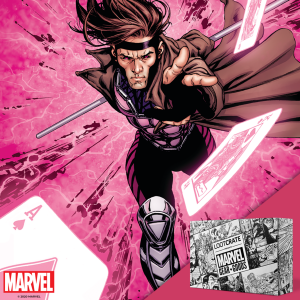REVIEW: Silicon Valley: the Complete Sixth Season
![]() Silicon Valley was a wonderful sitcom for HBO that carefully traced and satirically commented on the tech boom. In our world, the companies were filled with geeks, nerds, and weirdos who were suddenly making millions off bits and bytes. There are the outsized figures who become household names and the financiers hoping to catch a rainbow. So, of course, it was an ideal setting for a series and it managed six seasons, despite interruptions and real-world distractions.
Silicon Valley was a wonderful sitcom for HBO that carefully traced and satirically commented on the tech boom. In our world, the companies were filled with geeks, nerds, and weirdos who were suddenly making millions off bits and bytes. There are the outsized figures who become household names and the financiers hoping to catch a rainbow. So, of course, it was an ideal setting for a series and it managed six seasons, despite interruptions and real-world distractions.
And here we are at the end. Warner Archive has just released Silicon Valley: the Complete Sixth Season on DVD. While the show was about technology and corporate America, it was also, at its core, about friends so it’s no surprise that through the start of Pied Piper through the final episode we still have Richard Hendricks (Thomas Middleditch), Bertram Gilfoyle (Martin Starr), and Dinesh Chugtal (Kumail Nanjiani).
We pick up at a pivotal time for tech as Congress has seemingly woken up to their existence and we find Facebook, Google, Amazon, Pied Piper, and their archnemesis Hooli speaking to a Senate Committee about data mining. It’s timely and important to see them playing with the big boys. Despite Richard’s protestations that Pied Piper would never collect user data, he is disabused of the dream when Colin (Neil Casey) confirms that it is exactly what they’re doing. And we’re off.
They have a bigger operation, newer, shinier offices, more people to run things, but the focus rarely strays from the core cast, and that’s as it should be.
Reflecting the tense mood of the times, as people cast a jaundiced eye on the big tech, we could enjoy the antisocial gaffes, childish pranks, and antics of this crew. As the season progresses, we watch the growing influence and value of Artificial Intelligence, especially as Pied Piper comes up with something that is huge. So huge that AT&T wants it but as they learn the lesson that so many science fiction movies and novels have explored for decades, once AI gets smarter than humans, there’s trouble on the horizon.
As a result, the final two episodes raise moral and ethical issues that truly challenge our team and we can see that despite all that has happened, Richard and Gilfoyle remain true to themselves. In a final bit, similar to the coda at the end of The Deuce, which ran concurrently, we jump ten years into the future to learn what becomes of everyone. It’s prescient and feels just right.
A lot of the credit goes to the cast, but they were selected by Mike Judge, who created and produced the series along with Alec Berg, joined this season by Clay Tarver as co-showrunner. The writing has always remained sharp, occasionally inspired.
These seven episodes nicely round out the series. The DVD transfer is perfectly fine if unspectacular and there are no special features included with this.







































